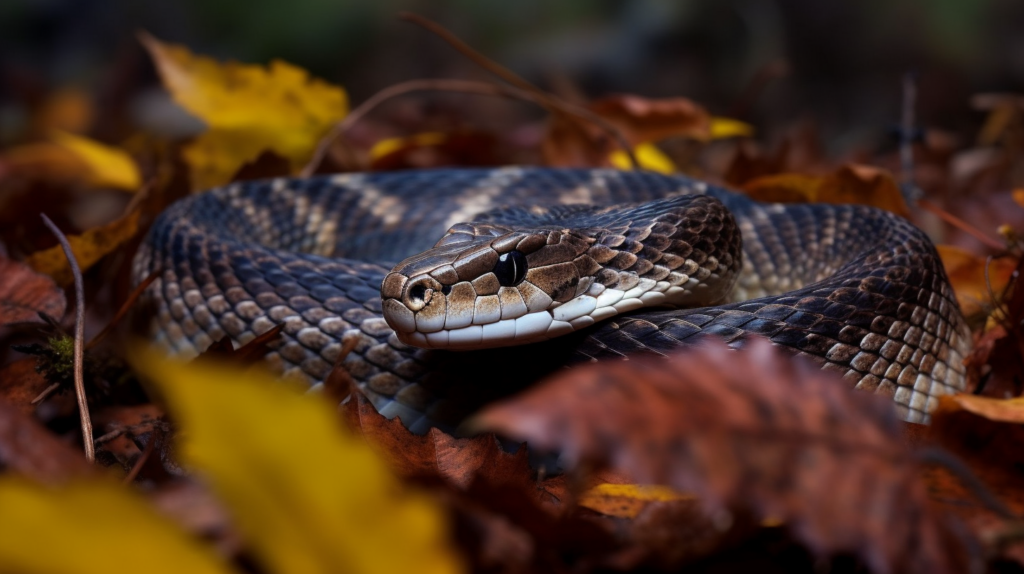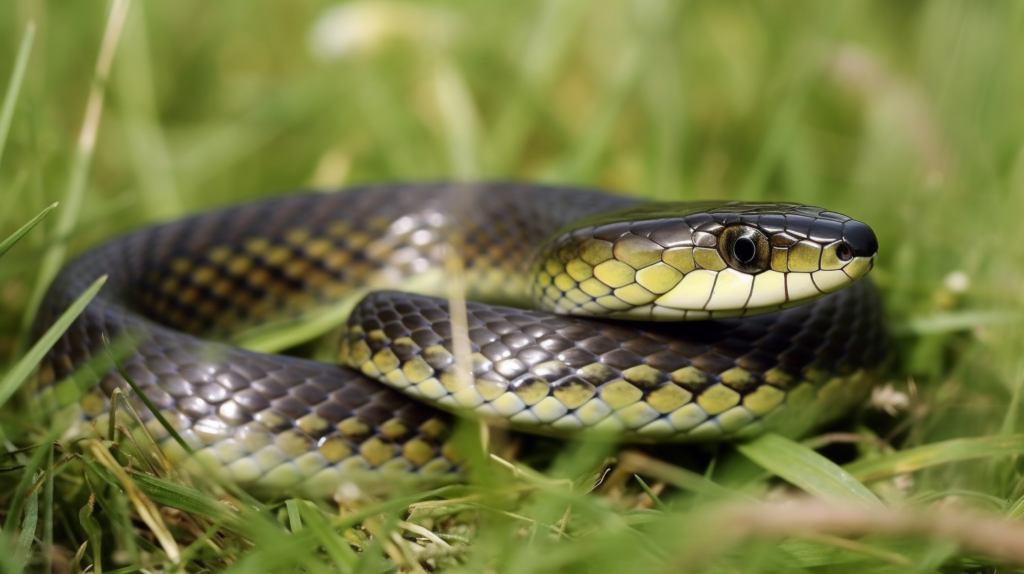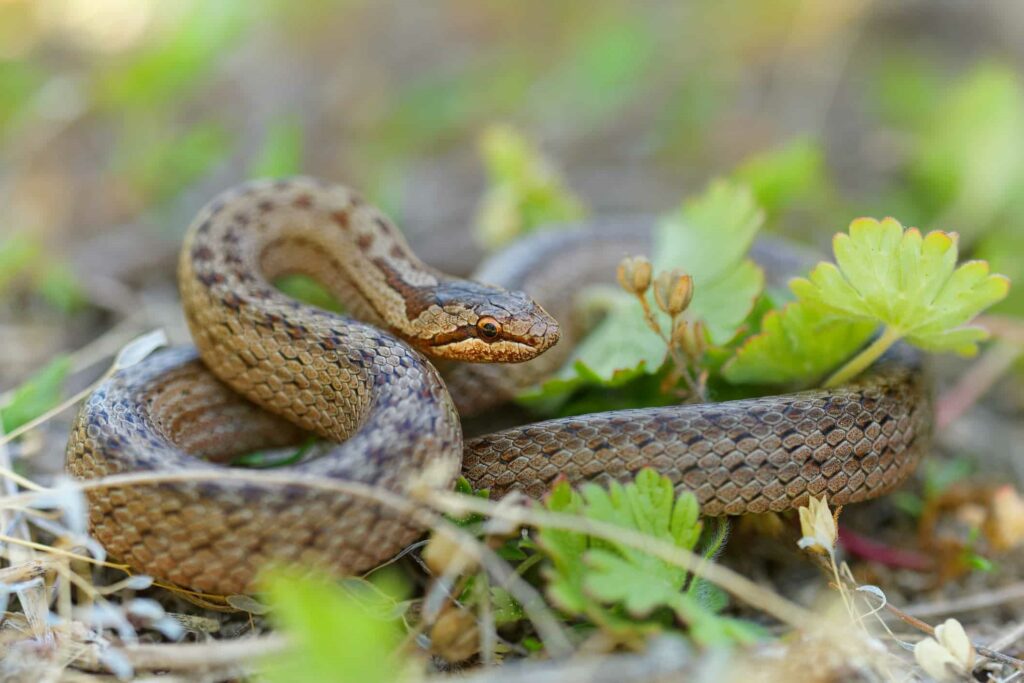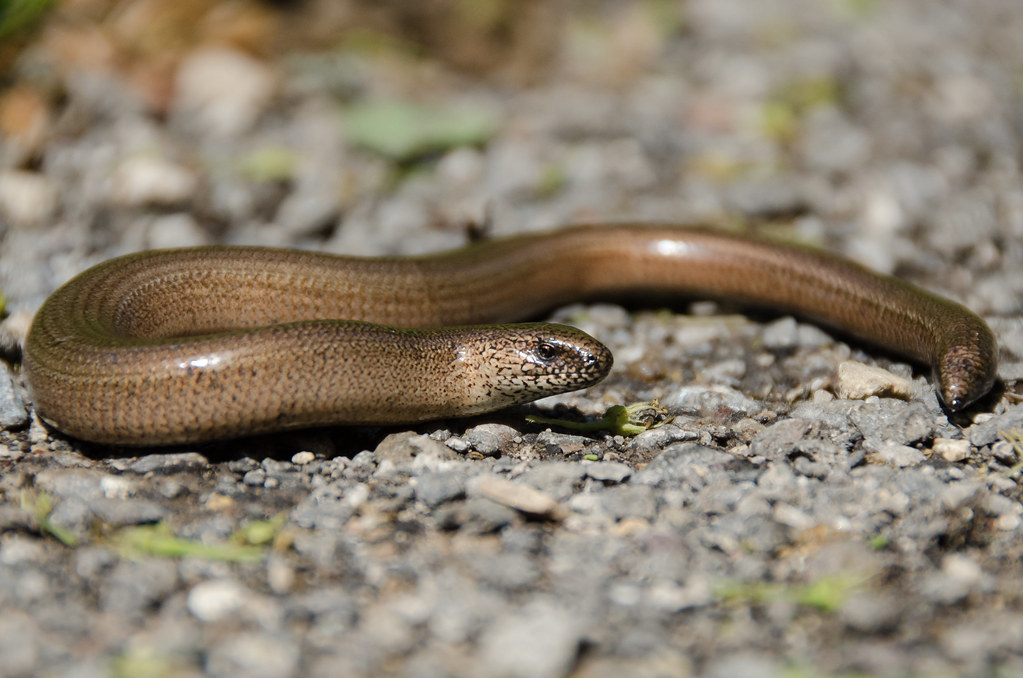Snakes, fascinating creatures that inspire curiosity and captivate our imagination, have found a place within the diverse wildlife of the United Kingdom. From venomous species like the adder to the elegant grass snake and the enigmatic smooth snake, these reptiles contribute to the intricate tapestry of the country’s natural heritage. In this comprehensive article, we will delve into the remarkable world of snakes in the United Kingdom, exploring their unique characteristics, habitats, behaviours, and the significance of their presence.
Adder (Vipera Berus): The Venomous Viper
The adder, known as Vipera berus, stands as the sole venomous snake species native to the United Kingdom. These snakes possess a distinct zigzag pattern along their backs, providing excellent camouflage in their preferred habitats. Female adders display a dark brown colouration, often accompanied by a black collar marking on their necks. In contrast, male adders exhibit a greyish-brown body with dark spots and a pale belly.
Adders predominantly inhabit heathland sites, moorland habitats, and woodland edges. These reptiles are particularly active during the warmer months, seeking basking opportunities to regulate their body temperature. While adders are venomous, their bites are rarely fatal to humans. Nonetheless, any snake bite should be taken seriously, and medical attention should be sought promptly.
During late summer, female adders undergo a gestation period of around three months. They give birth to live young, usually numbering between three and 20 offspring. The newborn adders are independent from birth and embark on their own journey, gradually maturing into adult snakes. Conserving their preferred habitats and promoting public awareness are crucial for the preservation of these native reptiles.

Grass Snake (Natrix Natrix): The Aquatic Specialist
The grass snake, scientifically known as Natrix natrix, is the largest snake species found in the United Kingdom. With its slender body and elegant movement, the grass snake captures our attention. These reptiles are excellent swimmers and are commonly found near water bodies, such as ponds, lakes, and slow-flowing rivers. Their ability to navigate aquatic environments makes them proficient hunters of fish, amphibians, and occasionally small mammals.
Grass snakes have a greyish-brown body with dark spots and a pale yellow collar marking, known as the “necklace.” Males and females share a similar appearance, but females are often slightly larger. During warm weather, grass snakes engage in basking behaviour, seeking out sheltered spots to raise their body temperature and aid in digestion.
The grass snake’s life cycle involves hibernation during colder months, with suitable hibernation sites including underground burrows or in piles of decaying vegetation. In spring, these reptiles emerge to commence their mating rituals. Female grass snakes lay elongated eggs in warm, compost-rich environments, such as rotting vegetation or manure heaps. The young hatch after several weeks, and their survival largely depends on suitable habitat conditions.
Heathland habitats, woodland edges, and nature reserves play a crucial role in supporting grass snake populations. Conservation efforts focus on preserving these vital habitats, raising public awareness, and mitigating threats such as habitat loss and fragmentation due to human activities.

Smooth Snake (Coronella Austriaca): The Elusive Specialist
The smooth snake (Coronella austriaca) represents a rare and elusive species in the United Kingdom. Found mainly in southern England, particularly in heathland habitats, smooth snakes possess smooth scales, giving them their name. They have a brown body with a distinctive pattern of spots along their backs. These reptiles are known for their secretive nature, making sightings of smooth snakes a rare and cherished experience.
Heathland habitats, characterised by open, low-growing vegetation, provide an ideal home for smooth snakes. These reptiles rely on the abundance of food sources found in their surroundings, including lizards, small mammals, and occasionally other snakes. Smooth snakes exhibit remarkable stealth and agility, allowing them to navigate through the dense vegetation and ambush their prey with precision.
Unlike many reptiles, smooth snakes are viviparous, meaning they give birth to live young. After mating, the female smooth snake retains the fertilised eggs inside her body, nourishing them through a placenta-like structure. After a gestation period of approximately three months, the female gives birth to a small number of fully formed offspring. This unique reproductive strategy is thought to enhance the young snakes’ chances of survival compared to egg-laying species.
Due to their elusive nature, little is known about the population size and behaviour of smooth snakes in the United Kingdom. However, habitat loss and fragmentation pose significant threats to their survival. Human activities, such as urbanisation, agricultural expansion, and inappropriate land management practices, have led to the decline of suitable heathland habitats. Conservation organisations and governmental bodies work tirelessly to protect and restore these habitats, ensuring the long-term survival of this remarkable snake species.

Slow Worm (Anguis Fragilis): The Legless Lizard
The slow worm, scientifically known as Anguis fragilis, is a fascinating reptile often mistaken for a snake due to its legless appearance. However, it belongs to the lizard family. Slow worms have a long, slender body and a smooth, shiny skin, with colouration ranging from pale brown to bronze. They are commonly found in a variety of habitats, including gardens, woodlands, meadows, and grasslands, throughout the United Kingdom.
Slow worms are harmless to humans and play a beneficial role in controlling pest populations. Their diet primarily consists of slugs, snails, and insects. These reptiles use their flickering tongue to detect chemical cues in the environment, aiding in their search for prey.
One unique aspect of slow worms is their ability to autotomise, or shed, their tail when threatened. This defence mechanism allows them to escape from predators and regrow their tail over time. Slow worms also possess eyelids, distinguishing them from true snakes that lack this feature.
Reproduction in slow worms is viviparous, with females giving birth to live young. After mating, the female retains the fertilised eggs inside her body until they hatch. The newborn slow worms are independent from birth and gradually mature into adults.
Despite their beneficial presence, slow worms face various challenges, including habitat loss, fragmentation, and encounters with domestic cats that may view them as prey. Creating wildlife-friendly gardens, preserving natural habitats, and raising awareness about the importance of slow worms contribute to their conservation and overall biodiversity.

Summary
In conclusion, the snakes of the United Kingdom, including the venomous adder, the aquatic specialist grass snake, the elusive smooth snake, and the legless lizard slow worm, enrich the country’s biodiversity. Understanding their unique characteristics, appreciating their ecological roles, and prioritising their conservation are essential for their continued presence and the health of their habitats. By fostering a harmonious relationship with these captivating reptiles, we can ensure a thriving and balanced ecosystem for current and future generations to enjoy.
Sam loves to learn about animals and their habitats. He has been a nature lover from a very young age, and has been writing papers and articles about wildlife for as long as he can remember.
